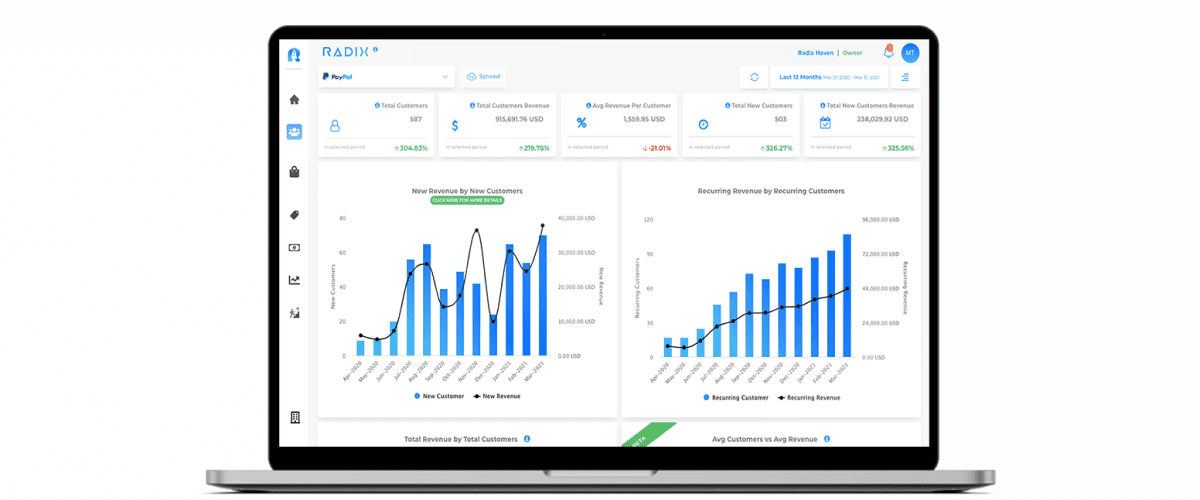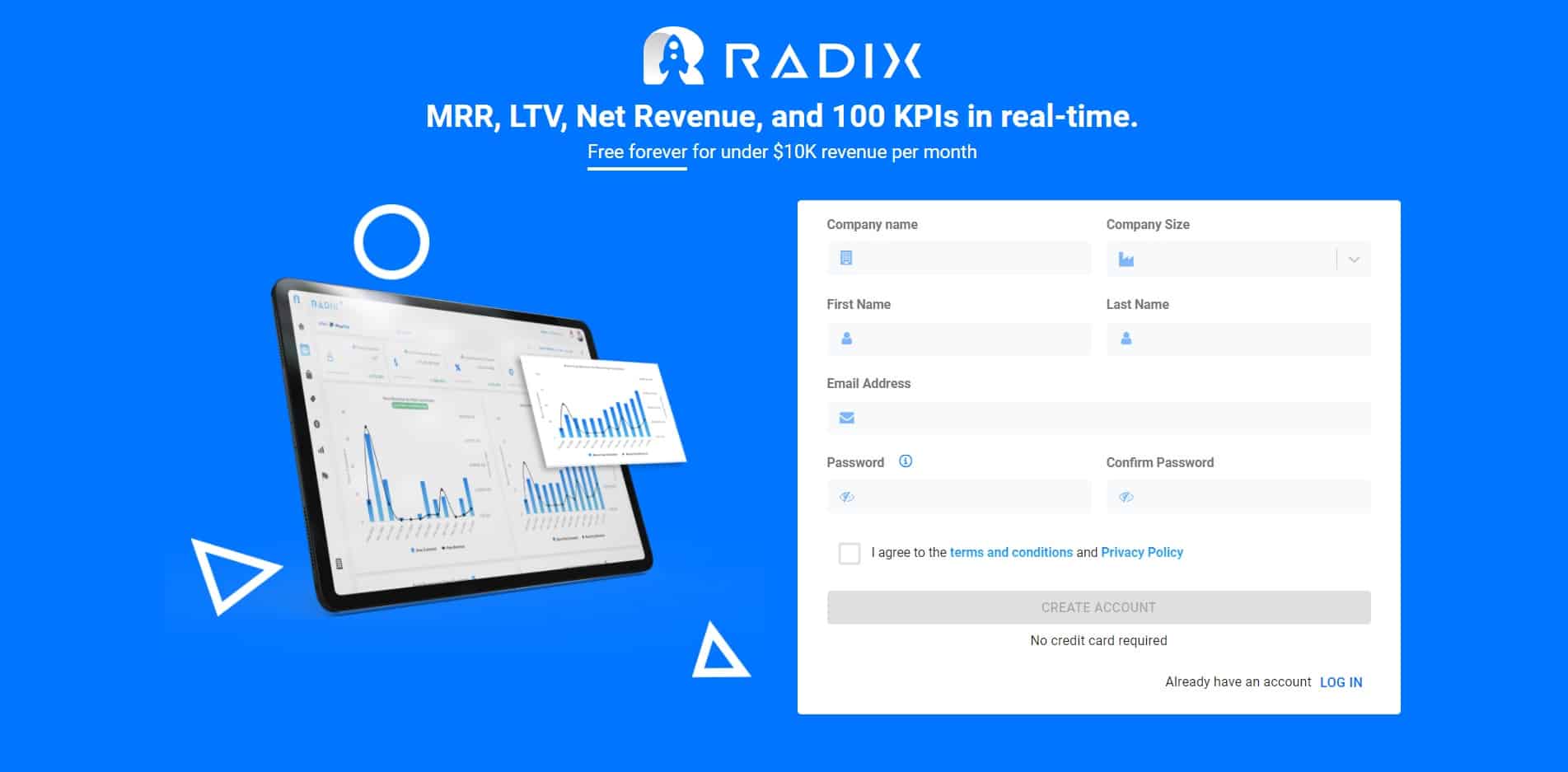Creating an Online Course can be a great opportunity to show off your expertise, teach valuable skills and rake in some extra cash. It also could be more exciting than a blog – you will have more structured content with more flexibility over what you can do with it. All of which can lead to the potential for more consistent income.
The education industry is a huge market — and one that is convenient to enter if you are an expert on a subject. While putting together an online course can be a lot of work if you know what to do, it is also something most people can pull off with some relative ease.
I will write about a step-by-step approach to creating and selling an online course. It is not that simple to create a course, but in this guide, I will show you how to make it happen. Let’s get started.

Understand Your Target Audience To Create and Sell Your Online Course
Creating an online course is a lot like creating any other product. And any good product starts with the right problem-solution fit. Before you go down the path of creating an online course, you need to understand your target audience and what they are looking to accomplish by purchasing a course with you.
- Do they want to study to grow in their careers?
- Is it a necessary talent in their line of work?
- Is this the type of material people would pay?
Focus on a niche
Create Course Material That People Will Not Be Able To Resist
So maybe you have decided to create an online course. Or it might have already been your idea to create a course and you want to add some content in there as well. Either way, you want to make sure that the content you produce is going to be thoroughly thought out, up-to-date, relevant, and quality information the kind that people simply can’t say no to.
Identify the Best Method for Producing Content
Now that you have a general notion of who you are creating content for and what kind of material you are producing, you must decide on a media creation approach. There are two approaches to this:
- Using Existing Content: If you already have a ton of informational content on a topic in which you specialize and would like to provide a course, you may repurpose it for the course, especially if this is something that not many people have seen before.
- Creating New Content: This is a terrific idea if you have a larger budget and a ready audience for the new course.
Select the Most Suitable Online Learning Platform
Choosing the correct Learning Management System (LMS) is critical since various platforms specialize in different areas. You must align it with your goals and what your target audience will appreciate.
- Learning Sites:These websites are committed to compiling a library of online learning courses. It is the Amazon of e-learning, similar to Coursera, Domestika, and others. You may create your material and host it on these sites with the aid of an LMS, and they will handle the commercial aspect.
- Traditional LMS:These platforms have all the features you need to get an online course up and running. Traditional LMS suppliers include Abara, CD2 Learning, KMI Learning, and others. In many cases, they are utilized for organizational staff development and contain elements that make these courses open to the general public.
- Massive Online Open learning Courses: They are similar to any commercial LMS system, except that courses are free. OpenEdX, Kadenze, and other platforms that help with MOOCs are examples. They employ suppliers that, for a charge, configure and host open learning management systems. Many colleges, like Harvard, MIT, and NYU, provide free online courses to assist people to enhance their resumes.
- A custom-built learningplatform is the most expensive and time-consuming solution, but it gives you total control over the user’s features and learning path. As the term implies, you create all of your technology from the bottom up to satisfy the specific needs of the business or client.
Put a Price When You Create Your Online Course
Pricing an online course depends on many factors. You should look over your competitors’ pricing structure to get a feel for what they charge. Do not undercut them, but try your hardest not to price yourself out of the market. Also, keep in mind what the market will bear; if the demand for a niche exists, therefore you have permission to raise your price.
Choose The Payment Plans:
- Subscription
- One-Time Payment
- Premium
- Free Course
Choose Your Payment Gateway:
You must have the infrastructure to be able to charge your students easily and reliably since you will be delivering this course online. If one of your students lives in Japan, how are you going to collect that payment? Nowadays, you have plenty of payment gateway options to make the eCommerce process a piece of cake.
We actually recommend PayPal and Stripe since they are the biggest player in the market with almost worldwide coverage, supporting 200+ countries around the world.
Follow a Well-Thought Marketing Strategy
An intelligent marketing approach can help you attract more students to your course. Being proactive will aid in keeping the funnel alive. Some of the ways that will help in increasing enrollments are as follows:
- Create a landing page for your course.
- Build social media presence.
- Add Testimonials to your website & social media.
- Use video content to promote your course.
- Use SEO and Keyword on your course site.
- Carry Out AMA (Ask Me Anything) sessions.
Try To Ensure Recurring Sales
When an online course has a successful marketing plan that assures recurring purchases, it is lucrative. Keeping your community engaged and offering places (forums) for debate will contribute to the development of a loyal userbase.
When you have a strong community, you may increase your revenue for the value you provide by up-selling and cross-selling. Including a money-back guarantee, offering discounts, and experimenting with pricing techniques will help you optimize your client experience and maximize your client base.
Conclusion
Creating an online course for SaaS (Software as a service) is the best thing you can do to market your business and educate your customers.With an online course you’ll be able to show your brand in a different light, increase client contact and get more people interested in what your company offers without spending additional time and money on marketing.
As soon as you create and launch your online course, remember that you can connect your Stripe and PayPal accounts here to analyze your sales and keep track of your existing clients.


Read More:
How to Increase Online Sales With eCommerce Analytics
The Quick Guide to Product Shipping: eCommerce Tips





